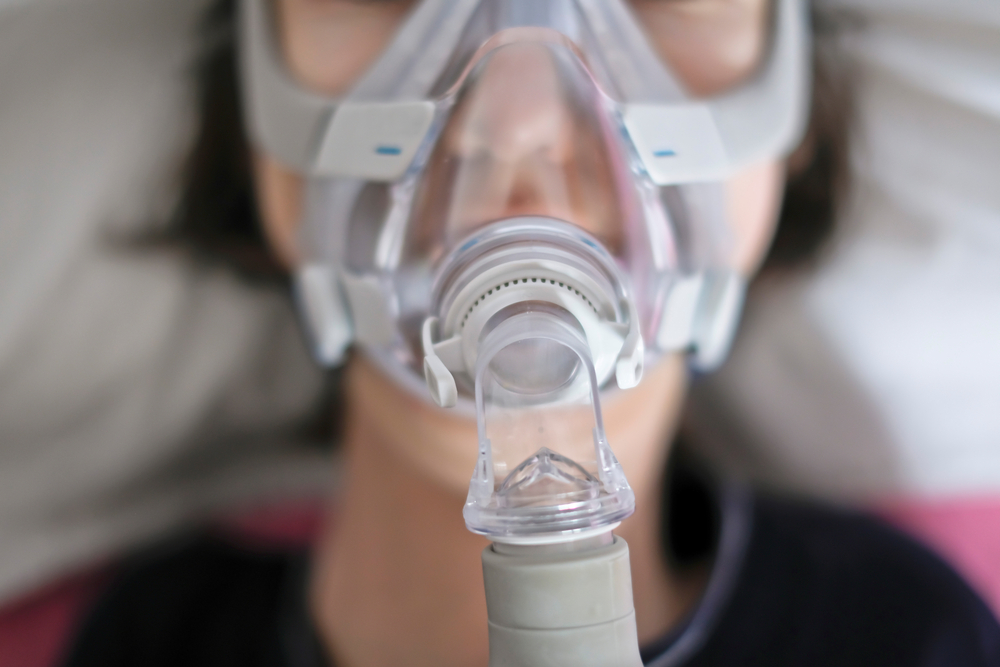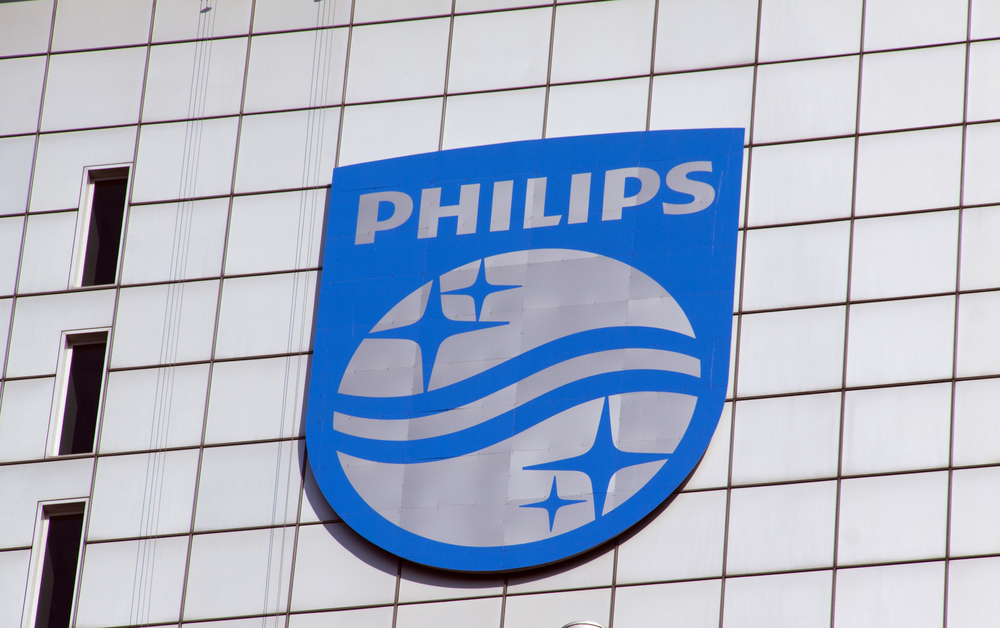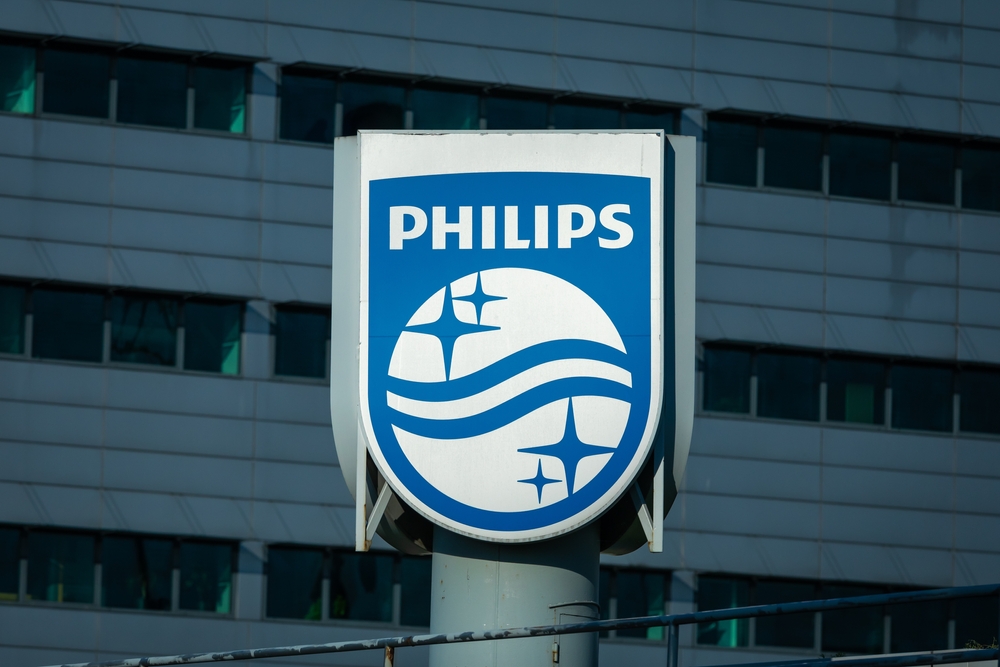Can I Join a CPAP Class Action Lawsuit If I Have No Long-Term Injuries?
Obstructive sleep apnea afflicts an estimated 22 million Americans. Those with the condition experience interruption in breathing during the night. This happens when muscles in the throat relax, causing airways to constrict. With this narrowing, a person may stop breathing momentarily and awaken to resume sleep. Obstructive sleep apnea can cause sleepiness and fatigue. The more serious harms include the blocking of oxygen, which can lead to heart attacks, strokes, lung disease, and heart disease.
Manufacturers such as Philips Respironics design and make machines that treat patients with obstructive sleep apnea. These machines counteract the tendency of airways to relax and close during sleep. However, Philips recalled these devices in June 2021, citing risks of serious diseases such as cancer and other long-term injuries. In the wake of this recall have come numerous lawsuits and at least a handful of class actions.

Read below how these machines operate, why they pose such risks, and whether you can join a class action or other litigation over these machines even if you don’t face illness, serious diseases or long-term injuries from exposure to the danger.
How Do CPAP Machines Treat Sleep Apnea
CPAPs deliver air pressure through a mask and tubing. The continuous air pressure (hence the acronym CPAP) has the task of lifting tissues in your airway to avoid obstructions to breathing. This prevents the collapse or narrowing of air passageways that can interrupt breathing and deprive you of sleep.
A BiPAP (bilevel positive airway pressure) machine operates on the same principle as a CPAP device of lifting tissues to allow oxygen to flow freely. However, the air pressure is focused on keeping the lungs open. Moreover, you get more air pressure with BiPAPs when you inhale rather than exhale. As with a CPAP, the BiPAP transmits the pressure through tubes and a mask.
What is Polyester-Based Polyurethane Foam and Why Is It Toxic?
The CPAP, BiPAP, and ventilators from Philips can prove noisy and vibrate while the users sleep, tending to undermine the benefits of the devices. To abate the vibration and noise, these machines use a foam composed of polyurethane with a polyester base.
Heat, humidity, ultraviolet light, and ozone cleaners can degrade polyester-based polyurethane. When this happens, gasses and black particles containing diisocyantes and other chemicals find their way into the tubes and chambers. Users inhale the gasses and ingest the particles. Sudden exposure to diisocyantes and other matter can cause nausea, vomiting, inflammation, respiratory problems, coughing, and irritation to the eyes, nose, and throat. The poison also can generate anxiety, paranoia, sleeplessness, headaches, irritability, and other neurological conditions. Studies have suggested that diisocyanates can cause cancer.
What Claims Do You Have If You Do Not Become Sick From the Toxins?
Even in the absence of becoming sick or diseased, you may have damages that a class action or other lawsuit may address. On June 14, 2021, Philips announced a recall of CPAP, BiPAP, and ventilators manufactured between 2009 and April 2021 containing polyester-based polyurethane foam. Given the recall and the threat of potentially serious injuries, you no longer have the benefit of these machines. You will likely have out-of-pocket costs to buy a replacement. Philips or other manufacturers’ machines may run several hundreds of dollars, depending on the features of the model.
Class action lawsuit plaintiffs seek reimbursement for the cost of replacing the Philips machines. In July 2021, one plaintiff initiated such a class action in the United States District Court for the Western District of Pennsylvania. A set of plaintiffs filed another class action in federal court in Massachusetts the same month.
A class action filed June 29, 2021, also in Massachusetts, illustrates economic losses beyond replacement costs. In that case, the lead plaintiff alleges that he lost work time because Philips did not offer him a replacement CPAP machine, and he could not treat his sleep apnea. The absence of treatment translates to lost sleep and an inability to work. These economic damages do not flow directly from the inhalation or ingestion of the degraded polyester-based polyurethane but from the recall and the threat of harm that renders these devices unusable.
What Legal Claims Are Alleged in the Philips CPAP Lawsuits?
The legal theories of the Philips CPAP draw from consumer protection and products liability. Plaintiffs generally claim that Philips did not timely warn users of the risk of illness or cancer but timed publicity of the defects and recall to the release of their new products. With the potentially serious effects of sleep apnea, the consumers were drawn to buy the newer available models and avoid delays in treating sleep apnea. Claims of fraudulent misrepresentation or concealment may arise from facts that Philips’ executives or employees knew years before announcing recall that the foam could degrade and become toxic.
You may also have claims for breaches of express and implied warranties. For instance, the plaintiff in one of the Massachusetts class actions alleges that Philips warranted the safety of the machines and that they would “make life better.” The breach of implied warranty claims generally assert that the Philips machines are unsafe and are not fit for their ordinary purposes of effectively treating sleep apnea. Even the threat of poisoning from the diisocyantes makes the Philips CPAP, BiPAP, and ventilators unusable.
What is the Multidistrict Litigation?
On October 14, 2021, the United States Judicial Panel on Multidistrict Litigation consolidated the class actions and other lawsuits against Philips in the Western District of Pennsylvania. At that time, a reported 104 cases were pending in various courts. The number of actions continues to swell.
Strictly speaking, multidistrict litigation is not a class action even though the cases in it generally involve the same set of facts and legal questions. In a class action, plaintiffs generally have the same types of damages or obtain a standardized set of remedies. The particular class actions against Philips do have similar claims for reimbursement or replacement costs. Unlike a typical class action, a multidistrict proceeding recognizes that claimants may have damages or injuries of a different type or scope.
Plaintiffs who allege injuries from exposure to the toxins can bring their claims into the multidistrict proceeding. At the time of the October 2021 assignment to multidistrict litigation, 31 of the Philips CPAP cases included personal injury claims.
You can join the Philips CPAP litigation if you claim or have evidence that the toxins have caused:
- Cancer
- Nausea
- Vomiting
- Irritation of eyes, throat, nasal passages
- Breathing difficulties
- Kidney, lung, or liver failure
- Anxiety, depression, or irritability
Multidistrict litigation affords a single forum for the handling of discovery timelines, resolution of discovery disputes, and rulings on pretrial motions. Otherwise, parties would face inconsistent decisions and orders on essentially similar factual and legal issues.
A typical class action involves a single trial. In multidistrict litigation, the supervising judge will ultimately select a small number of cases for trial. These “bellwethers” help the court and parties gauge the ultimate merits of claims against defendants.
What Else Can Affect Your Ability to Join the CPAP Lawsuit?
Whatever may be the type or level of harm, deadlines could affect your eligibility to participate in class actions or multidistrict litigation. The statute of limitations can bar your claim if you don’t file suit within a certain time after you discover or should have discovered the defect in the devices or your injury. Based on allegations that Philips concealed the potential hazards, the day of the recall might represent when the statute of limitations starts running. Defense lawyers could claim that your claim is barred by the statute of repose, in which the time runs from when your machine was manufactured or first purchased.




















